How to Care for Syrian Hamsters
An Introductory Guide
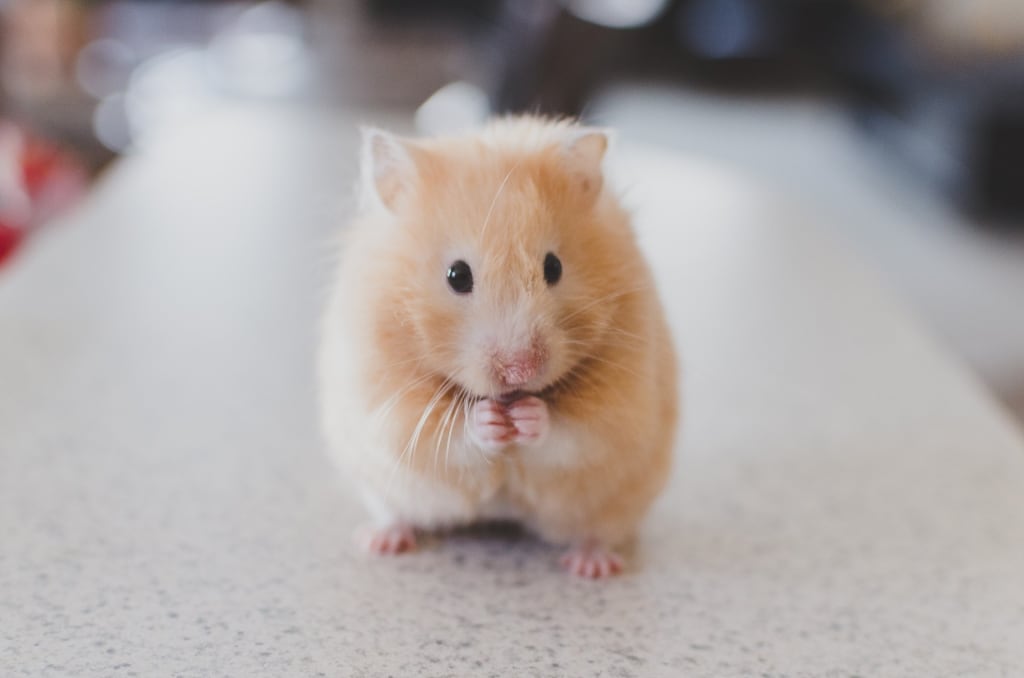
Also known as “teddy bear,” “short hair,” “golden,” or simply “fancy” hamsters, Syrians are perhaps the most popular pocket pet in the United States. These hamsters are well-known for their inquisitive nature, short and stocky builds, and relative ease of care. Yet walk into any pet store and you'll find a cornucopia of improper care: Too small cages, as well as dangerously misleading information about caring for these fascinating little rodents.
Hamsters in the Wild

A Wild Syrian Hamster
There are five species of hamsters kept in captivity (and around 20 exist in the wild), with Syrians being the largest of their captive kin. Mesocricetus auratus are endemic to arid northern Syria and parts of Turkey, where they live a solitary existence. Unlike other rodents, Syrians only come together for breeding and the females raise their young alone. Perhaps because of their native land’s ecology, where resources are few and spread out, Syrians hold and defend a large territory by themselves.
Natural burrowers, Syrian hamsters have poor eyesight, but decent hearing. They mostly forage for grasses and other vegetable matter, although they will also eat insects and other available proteins. Their burrows can span miles underground, and they spend most of their nocturnal lives moving in and around their spacious subterranean territory. In the cold months, they hibernate.
After reaching sexual maturity, females (or does) come into heat only once every four days, roughly from sunset to sunrise. Courtship is touchy; if the female is not receptive, fighting will likely occur, as the female may see the male (or buck) as a trespasser on her territory. Female Syrians are typically much larger than males. Copulation takes about 30 minutes. The male mounts the female for a few seconds, stops to clean himself, and continues the cycle. A receptive female stiffens and makes a saddle shape with her body when the male strokes her lower back.
Wild Syrians are orange with dark black bellies, light cream-to-white cheek bands, pinkish ears, and bright black eyes. There are dozens of colors in captivity, most of them recessive genes; the most common are orange (much like their wild cousins, but with orange bellies), but there are also black, dove, black- and white-banded, white, golden, yellow, and umbrous, among others.
Cages
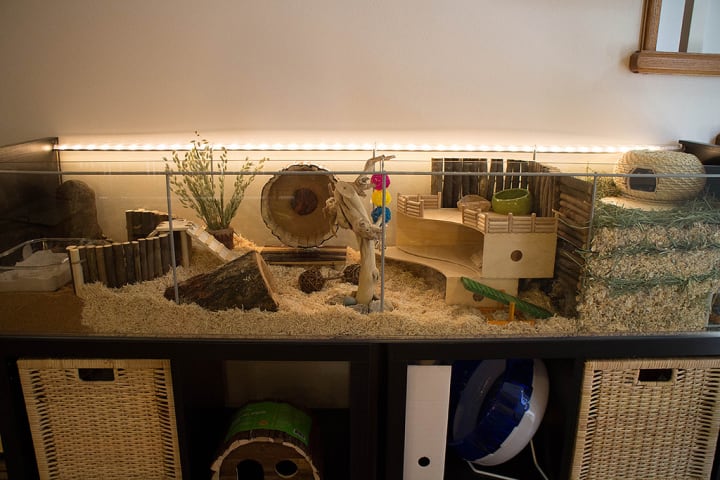
A Very Decent Cage Made from an Ikea Detolf
Cages marked as being acceptable for Syrians are typically a third or less the minimum size they need—not to mention flimsy, and fitted with too-small wheels and tunnels that Syrians can get stuck inside of. Even dwarf hamsters may find habitats like “Crittertrails” too cramped for comfort.
Especially in the US, Syrian owners often have to turn to DIY in order to make a habitat acceptable for their Syrian. Aquariums, large storage bins, terrariums, and rabbit/guinea pig cages are of acceptable size, but they each come with fatal flaws: Aquariums with normal, non-latching lids are insecure, guinea pig and rabbit cages have bar spacing big enough for hamsters to fit through, and bins are not ventilated.
There is some debate on how much space Syrians need, but the minimum seems to be larger than 400 square inches. They must be long rather than tall, as Syrians have terrible depth perception and often fall off of even short ledges, but a depth of at least three to five inches of bedding is optimal—they are burrowers, after all! Safe bedding include paper-based like care-fresh and aspen. Pine and cedar are known to be toxic, even if kiln dried. Avoid bedding laced with artificial coloring or harder pieces. And a wheel is a necessity. The metal wire ones are hazardous to feet, and the wheel should be at least eight inches tall, so the “silent spinner” brand wheels and other plastic wheels of similar height are acceptable.
Water bottles are the best, but bowls can be used with some caution to prevent spillage and contamination by bedding, food, or feces. Toys can include safe softwood like popsicle sticks and natural paper, and should avoid anything brittle, anything containing pine or aspen, or anything with sharp corners. Whimzees brand dog foods are ideal, as well as paper towel tubes, some small animal or bird toys, and cardboard.
Food
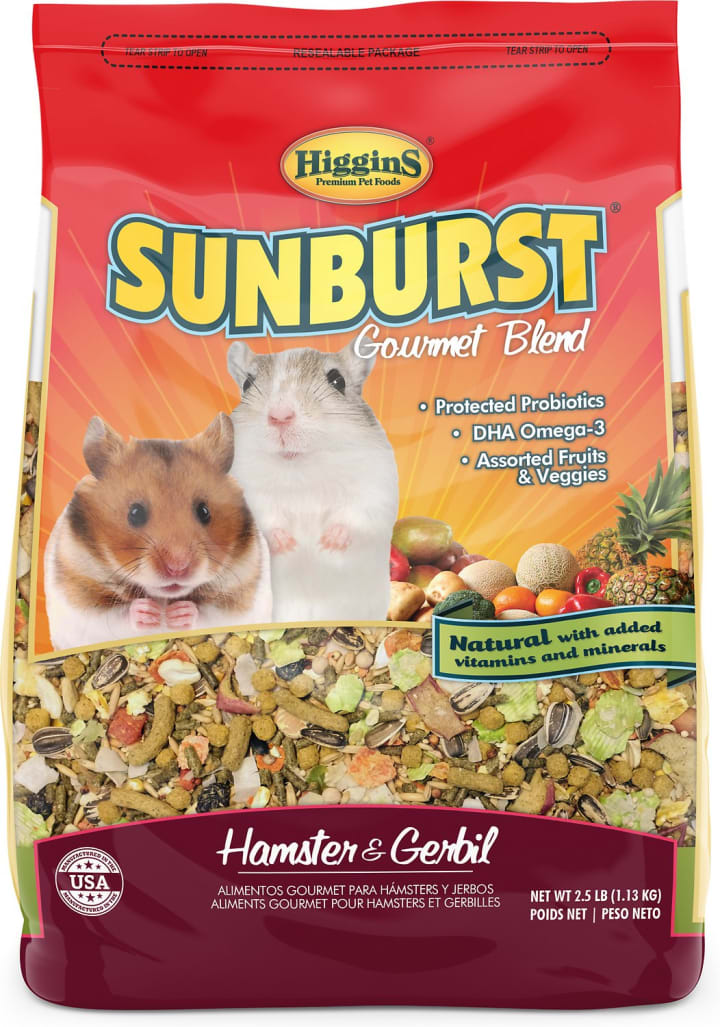
Syrians are harder to feed than other pets because there are very few mixes that are both safe and nutritionally whole on their own, and most marketed for hamsters—even from well-esteemed brands like Oxbow—are inappropriate. A proper mix should include high-grade, high-protein lab block, such as rat and mouse by Mazur or Kaytee’s version, mixed with either Higgins sunburst for hamsters or Vita sun seed for hamsters. Avoid anything containing hay, artificial colors or flavors, sugar, quinoa, or protein below 12 percent or above 25 percent (this is a very wide range; proper percentage depends on age, sex, and breeding status), or other additives.
(FOR A VERY COMPREHENSIVE GUIDE TO FEEDING, SEE THIS!)
Appropriate treats include hulled oats, whole oatmeal, plain cooked rice, broccoli, cauliflower, cabbage, apples, strawberries, carrots, bok choy, clover, lettuce, sweet potato, high-quality dog biscuits, certain cereals, and others. For a full list, see here.
Handling
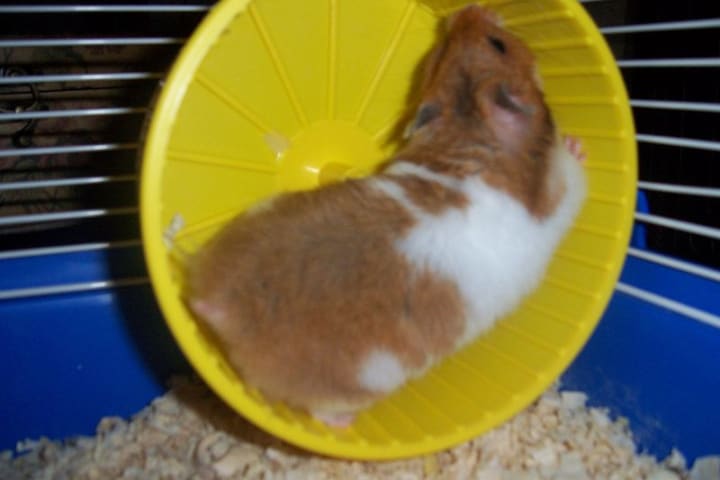
Despite their solitude natures, Syrian hamsters are very receptive to handling. They're inquisitive, affectionate, often rambunctious, and rarely bite. Younger hamsters tend to be flighty and jumpy, but with regular handling and age, they usually become quite mellow, even accepting light, gentle stroking. Care should be taken to prevent jumping—remember their bad eyesight can cause bad falls—and stressing them out. If your hamster squeaks when you pick it up or runs frantically from your hands, slow down, speak calmly, and minimize sessions to about 10 minutes at a time. Treats such as sunflower seeds and Gerber’s baby puffs can be handheld in moderation to improve your bond. Wash your hands before picking up your hamster to get rid of food scents, and the scents of other hamsters, which might make them aggressive.
Solitude
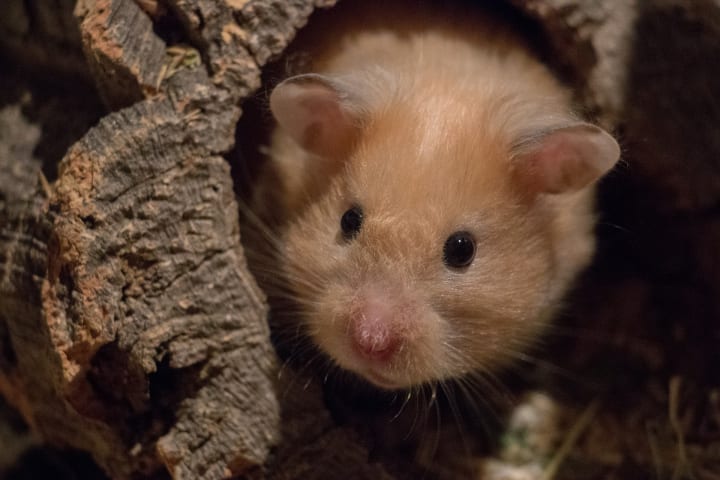
Syrian hamsters should never be kept with other hamsters. They're naturally solitary, and living with another can not only cause brutal, life-threatening fights, but also constant stress for both parties. You might think this is wrong because you'll find Syrians happily cuddled together in pet stores, but the vast majority of pet store hamsters are very young, just barely old enough to leave their parents. After about three to four weeks of age, they should be separated to prevent fights and inbreeding.
Breeding
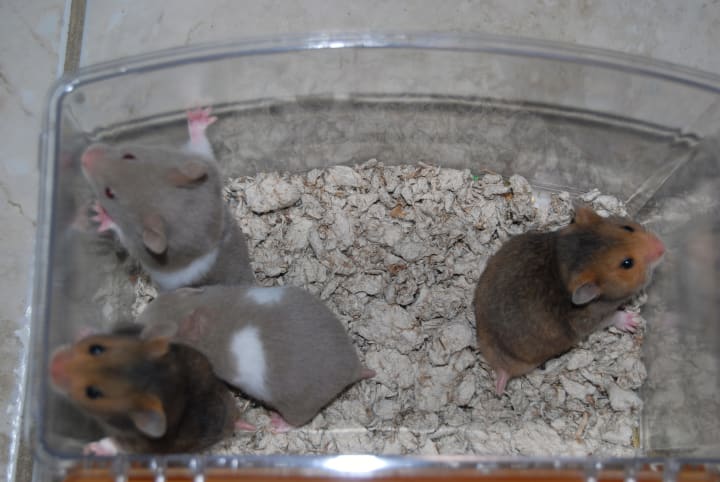
I will not be providing a guide for how to breed Syrians because it is not for the faint of heart, nor the first-time owners. Pet store hamsters come from unknown lineages, and you'd be hard-pressed to find a professional breeder in your area. They should not be inbred, unlike rats and mice; they cannot be kept together, so each of the eight to 11 or more babies has to be given their own 400 square inch or larger cage. It can be hard to find any buyer, let are alone one willing to follow the above care requirements. If you are still interested in breeding this lovely species, get in touch with Syrian groups and forums, and, most of all, do your research.
About the Creator
Felecia Burgett
Novice writer, amateur novelist, poet, article writer, dabble, and animal lover.


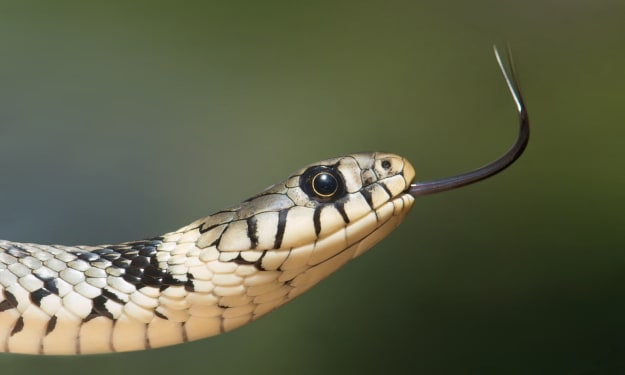



Comments
There are no comments for this story
Be the first to respond and start the conversation.